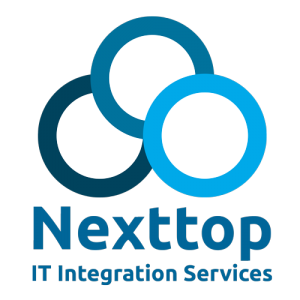۶ key data strategy considerations for your cloud-native transformation
Many organizations are making the move to cloud-native platforms as their strategy for digital transformation. cloud-native allows companies to deliver fast-responding, user-friendly applications with greater agility. However, the architecture of the data in support of cloud-native transformation is often ignored in the hope that it will take care of itself. With data becoming the information currency of every organization, how do you avoid the data mistakes commonly made during this cloud transformation journey? What data questions should you ask when building cloud-native applications? How can you gain valuable insight from your data?
The ensuing presentation includes six key considerations companies must have when they make this transition to cloud-native.
۱- Farewell, service-oriented architecture (SOA). Welcome, microservices!
۲- ۱۲-factor app and cloud-native microservices
۳- Continuous integration/continuous delivery
۴- The importance of a multicloud deployment model
۵- Monoliths vs. nonmonoliths
۶- Fundamental requirements of a cloud-native database
Active-active data replication
Data replication in batch mode used to be a popular approach. But for real-time applications, replication with event store and event sourcing are getting a lot more traction. In microservices apps, that are loosely coupled and need to share data, there is a need for active/active data replication with tunable consistency. Many customers employ active/active deployment models for many reasons, such as:
- Shared data sets among microservices that are being continually updated.
- Seamless migration of data across datacenters so user experience is not impacted.
- Mitigating failures scenarios and failover to a second datacenter to minimize downtime.
- Handling high volume of incoming traffic and distributing load across multiple servers with seamless syncs.
- Geographically distributed applications (like a multiplayer game or a real-time bidding/polling application) where data needs to be in sync across geos
Source: infoworld.com/article/3273551


